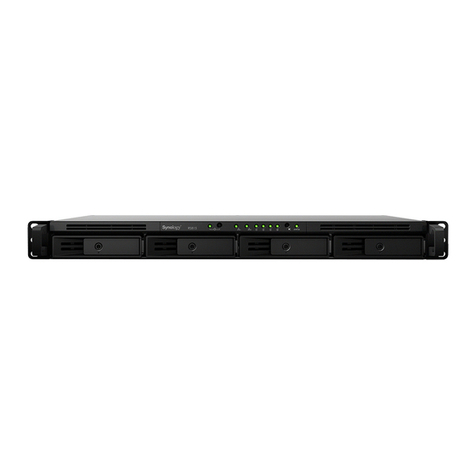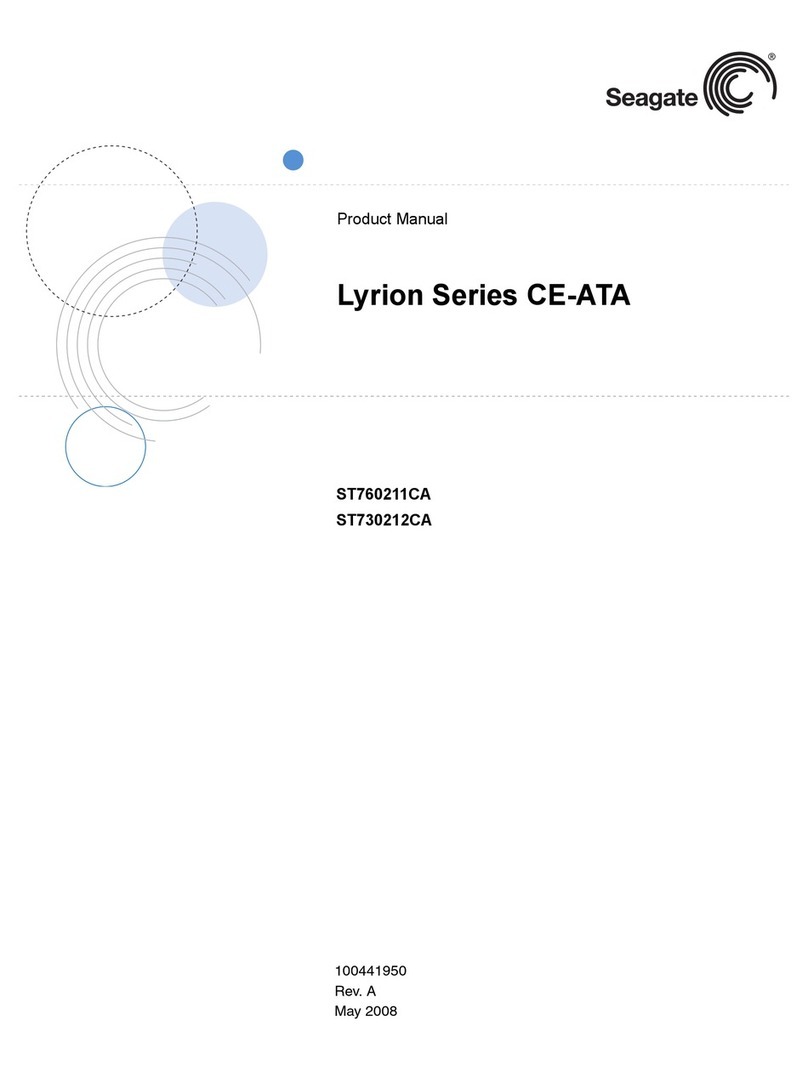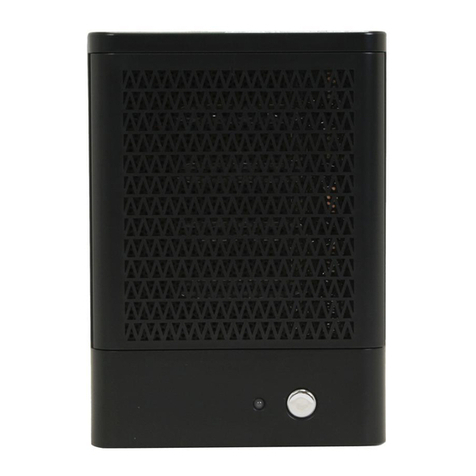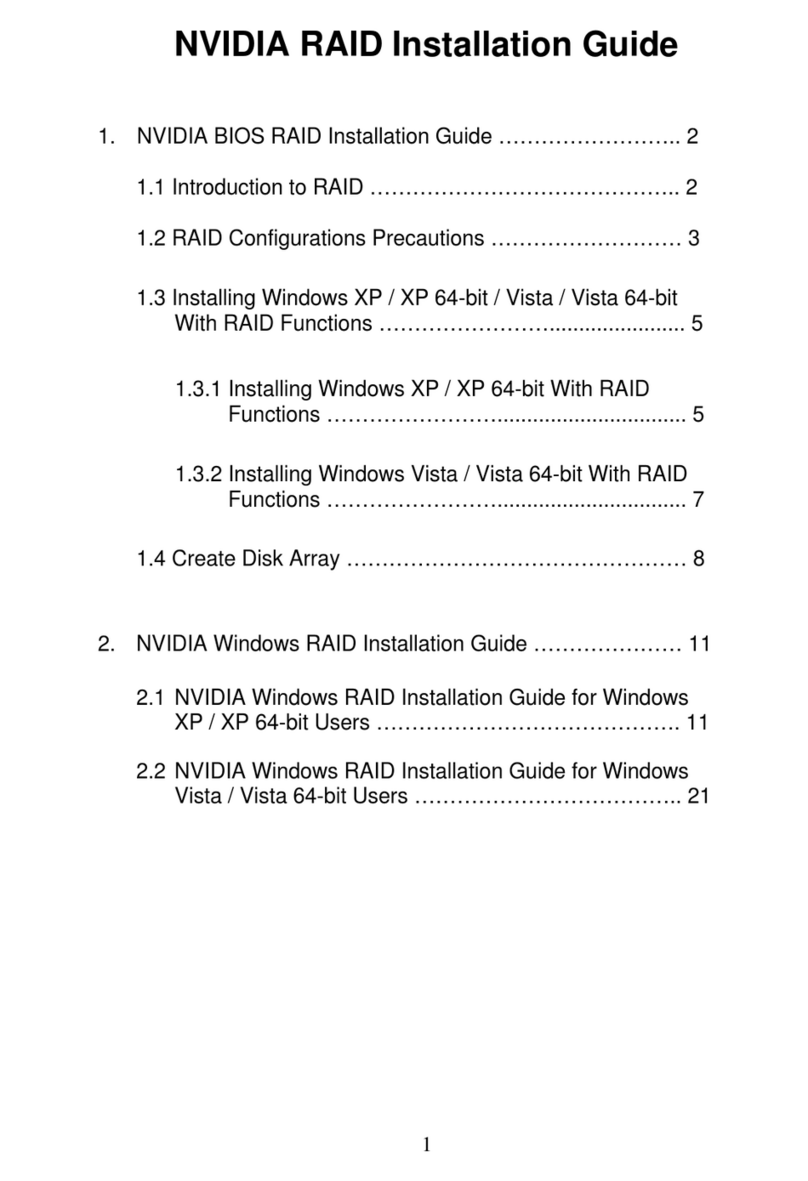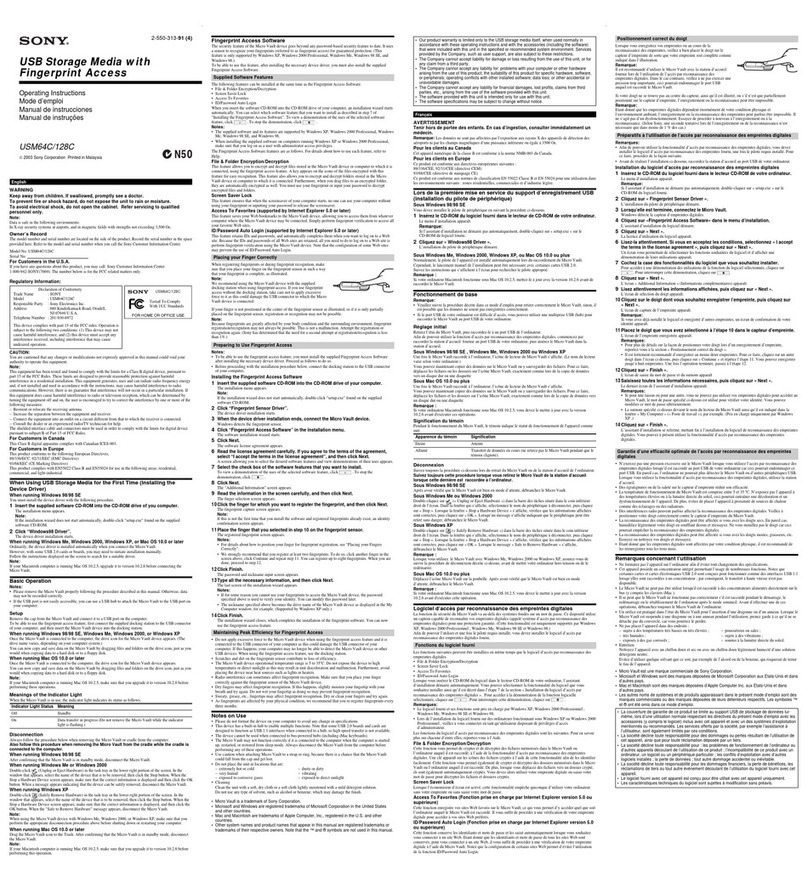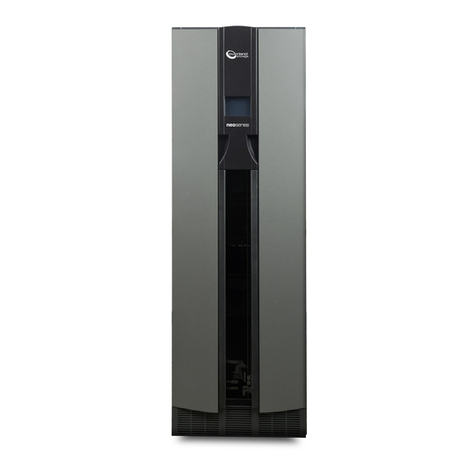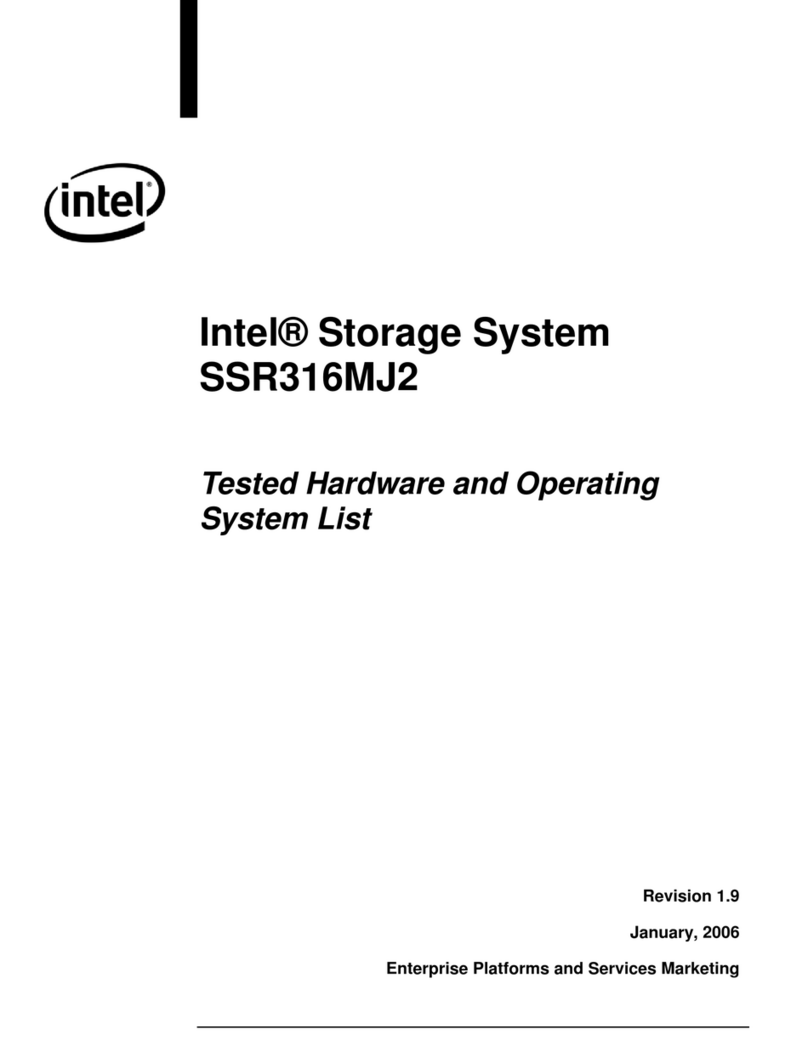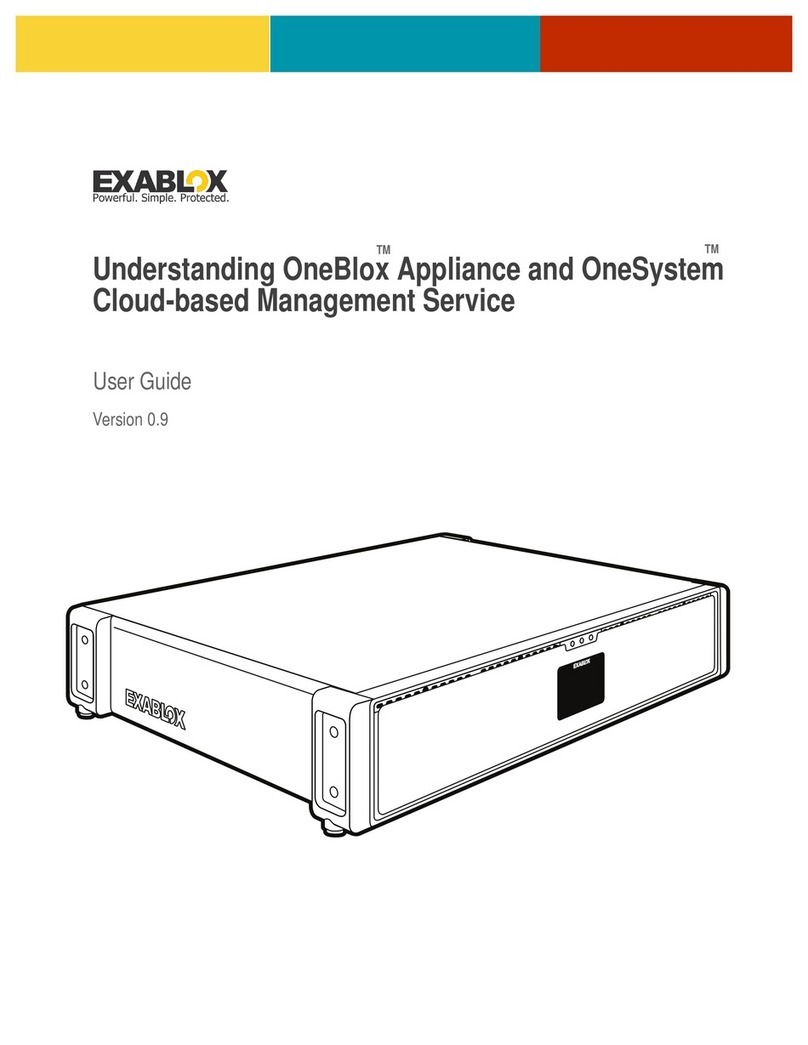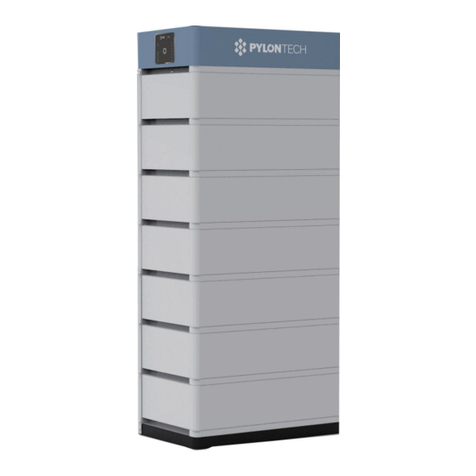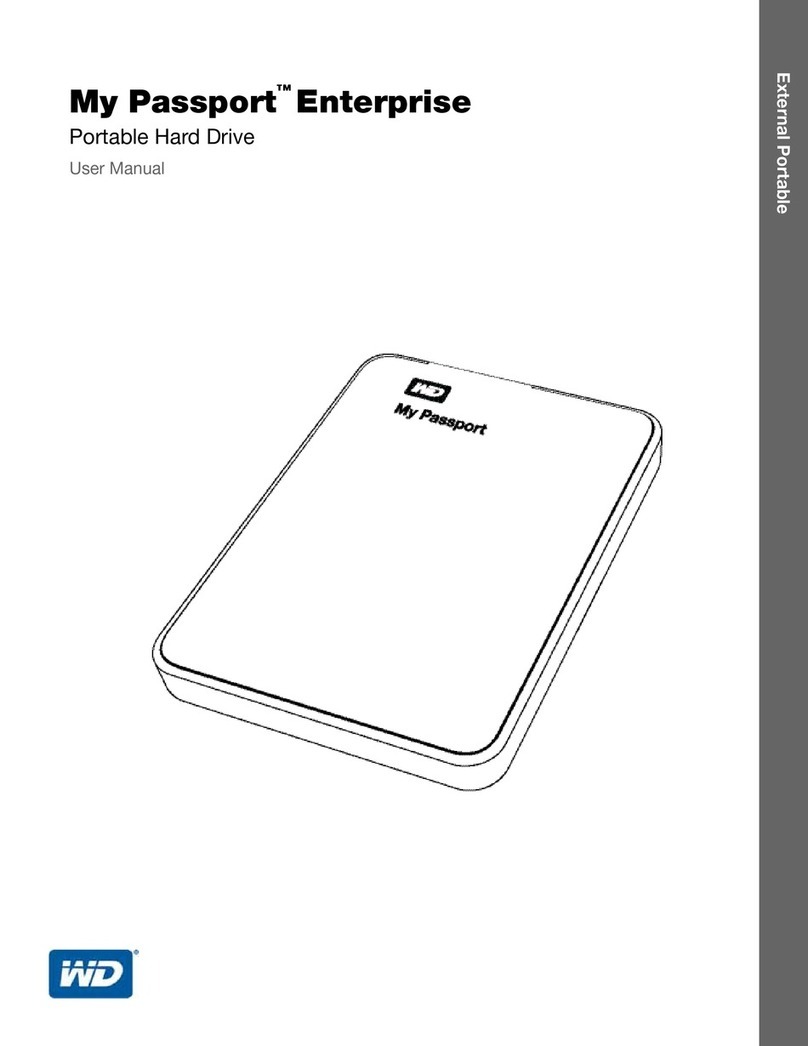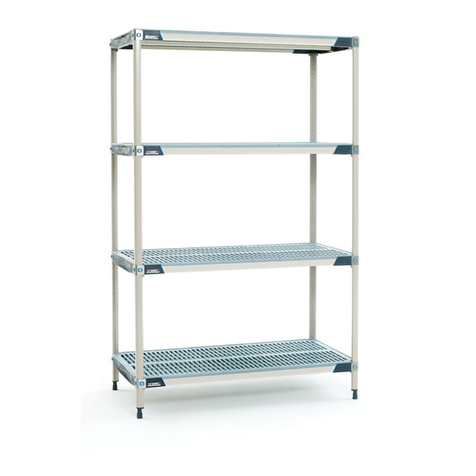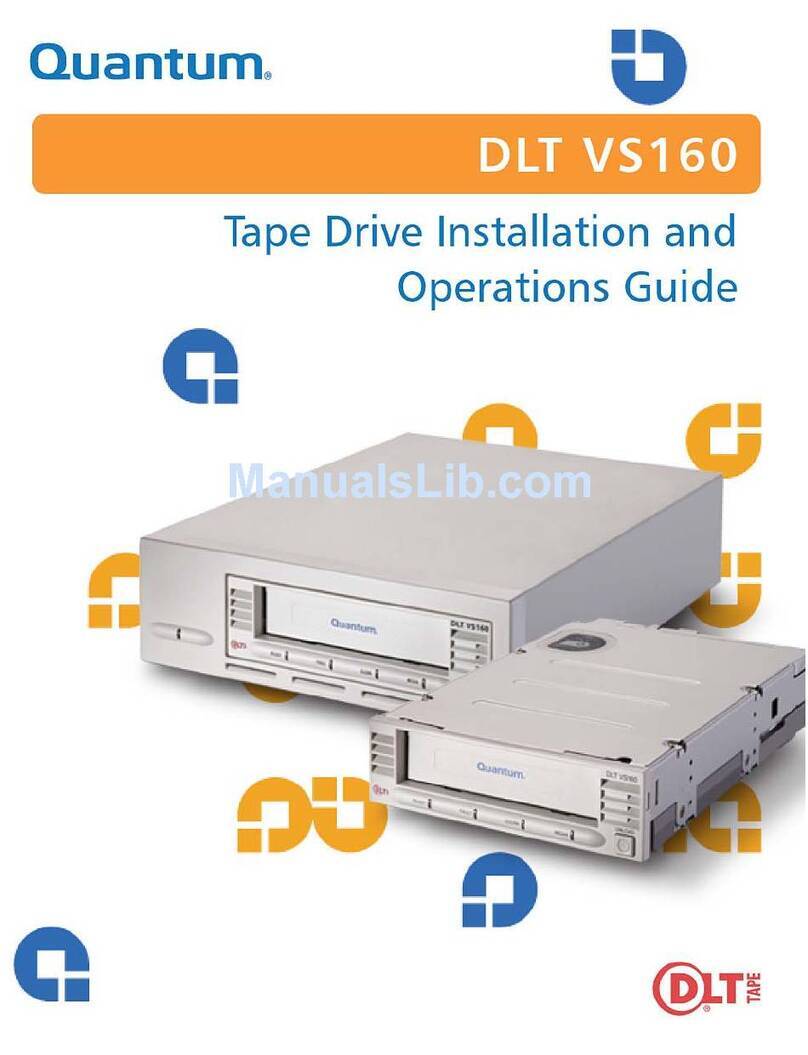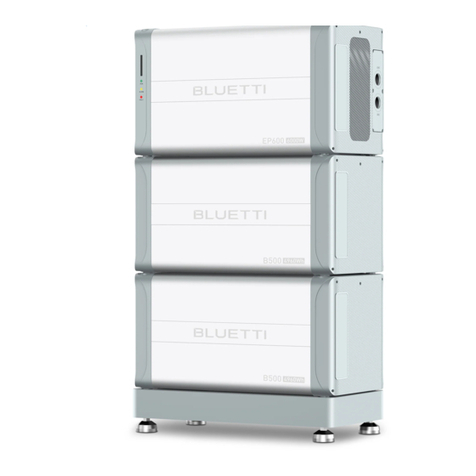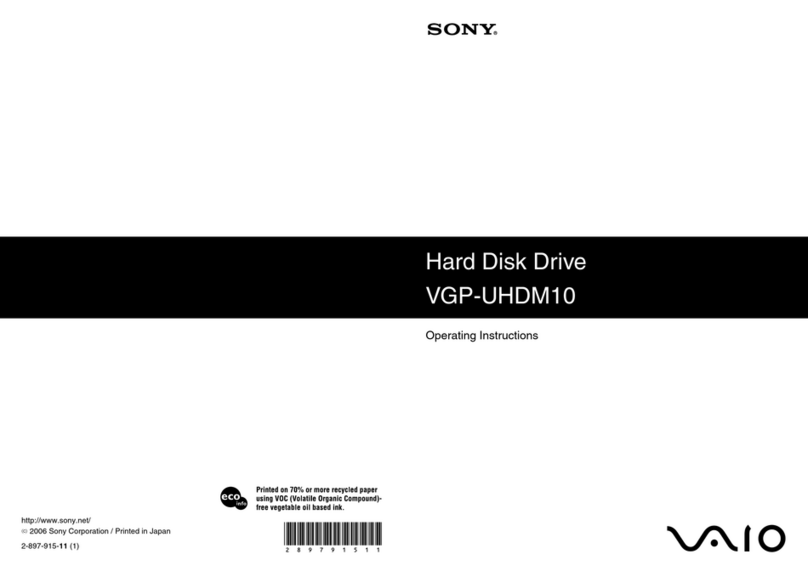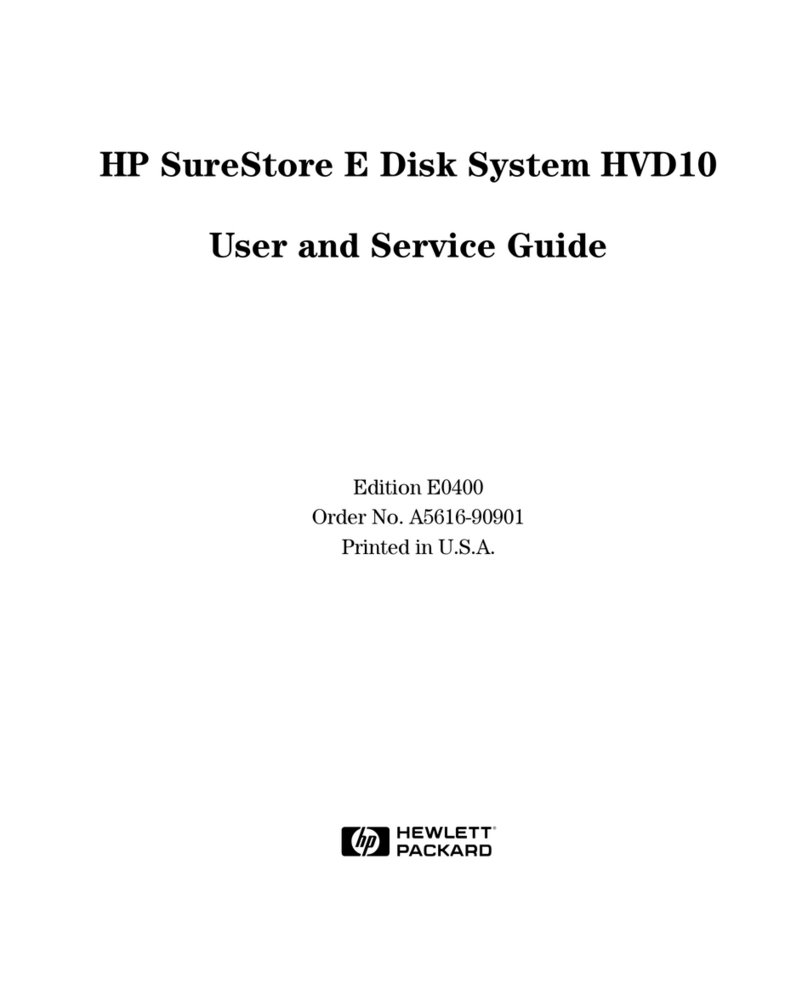
Page 4of 27
HDDSURGERY
Lomina 33, 11 000 Belgrade, Serbia
phone +381 11 361 43 43
www.hddsurgery.com
2. HddSurgery™spindle replacement tool
The process of data recovery from hard drives with jammed motors is usually done
by transplanting the platters into another hard drive with a motor that’s working, and then
transplanting the heads and electronics.
On older hard drives, only problems were how to keep the synchronization between
the platters and how to transplant the heads. But on new hard drives there is another
problem. On new drives we must notice two types of synchronization: one is vertical, one is
horizontal. The vertical one is responsible for synchronization between platters like on the
older drives. Now we have a horizontal problem as well because the inner diameter of the
platter and the platter carrier (the hat) outer diameter have a big tolerance during
production. Those two diameters are not the same so the platter can’t always be centered
right. That leads to impossibility of putting the platter in the same place after once it has
been taken off the platter carrier. That is why platter fixation lid needs to keep
synchronization at all times. Many of new hard drives also have spacers between the
platters made of metal or plastic. In process of platter transplantation, you must move these
spacers along with the platters and make sure that they don’t touch each other. If these
spacers touch the platters, they could damage them and make data recovery impossible.
HddSurgeryTM Spindle Replacement Tool uses the whole new approach to hard
drives with jammed motors. Instead of transplanting the platters to a new hard drive, only
the bearing is replaced on a patient hard drive. This way of functioning implies that the
heads, spacers and platters remain in place, while only the bearing is being replaced, which
eliminates almost all of the difficulties that go with the platter transplantation process.
New Seagate hard drives belong in the category of disks that “park heads” above the
magnetic platters and that have spacers between the platters. This implies that all of the
above mentioned problems with platter transplantation are present on these hard drives.
With HddSurgeryTM Spindle Replacement Tool for Seagate hard drives we can
eliminate all of the problems mentioned. This tool can be used to replace the bearing on
Seagate 7200.10 and Seagate 7200.11 hard drives.




















